
Factors to Consider Before Choosing a Snake as a Pet
Before deciding to bring a snake into your home as a pet, there are several crucial factors to consider. Snakes have unique needs and characteristics that require careful consideration. Here are important aspects to think about before choosing a snake as a pet:
- Long-Term Commitment: Snakes, depending on the species, can live for several decades. Before getting a snake, consider whether you are prepared for the long-term commitment of caring for a pet with such a lengthy lifespan. Ensure you have the time, resources, and dedication to meet their needs throughout their life.
- Feeding Requirements: Snakes are carnivores, and their diet typically consists of prey animals. You must be comfortable with the idea of feeding your snake pre-killed prey. Additionally, consider the availability of frozen prey items, such as rodents, as they are a convenient and safe option.
- Escape-Proof Enclosure: Snakes are excellent escape artists, and their enclosures must be escape-proof. Regularly inspect the enclosure for any gaps or openings, as snakes are persistent in finding ways to squeeze through small spaces. An escape-proof enclosure is vital for the safety of both the snake and its owners.
- Species Selection: Choose a snake species that aligns with your experience level, available space, and lifestyle. Some species are better suited for beginners due to their size, temperament, and ease of care. Research different species to find one that matches your preferences and capabilities.
- Source of Acquisition: It is advisable to obtain a captive-bred snake from a reputable breeder. Wild-caught snakes may be more stressed, prone to parasites and diseases, and challenging to tame. Purchasing from a trusted breeder ensures a healthier and more adaptable pet.
- Health Considerations: Before bringing a snake home, perform a thorough examination to check for signs of illness. Look for symptoms such as bubbles from the nose, retained skin, closed eyes, and mouth rot. Choose a snake that appears healthy and active.
- Feeding Behavior: Ask for a feeding demonstration, especially if you are getting a snake species known for potential feeding issues. Observing the snake consuming pre-killed prey can give you confidence in its feeding behavior.
- Enclosure Setup: Ensure you are prepared to set up an appropriate enclosure for your snake. Consider factors such as temperature gradients, hiding spots, and substrate. Each species has specific habitat requirements, so research and create an environment that mimics their natural conditions.
- Legal Regulations: Check local and regional laws regarding snake ownership. Some areas have restrictions or requirements for keeping certain snake species as pets. Ensure that you comply with all legal regulations to avoid any issues.
- Educational Resources: Educate yourself on the specific care requirements, behaviors, and potential challenges associated with the species you are interested in. Being well-informed will contribute to the well-being of your snake and enhance your overall experience as a snake owner.
By thoroughly considering these factors, you can make an informed decision about whether a snake is the right pet for you and, if so, which species best fits your lifestyle and capabilities.
Tips for Snake Health Check:
Ensuring that you acquire a healthy snake is paramount for the well-being of both the pet and its owner. Here are key considerations when assessing the health of a prospective pet snake:
Physical Examination: Before finalizing your decision to bring a snake home, conduct a thorough physical examination. Look for clear eyes, smooth skin, and a well-maintained body condition. Avoid snakes displaying signs of illness such as mucus or bubbles around the nose, retained skin, closed eyes, or abnormalities in body structure.
Behavioral Observation: Observe the snake’s behavior to gauge its overall health. A healthy snake should be alert, responsive, and exhibit natural movements. Avoid snakes that appear lethargic, excessively defensive, or overly stressed, as these behaviors may indicate underlying health issues.
Feeding Demonstrations: Request a feeding demonstration from the seller or breeder. This is particularly important for species like ball pythons, which are known for potential feeding difficulties. A snake that readily accepts pre-killed prey and displays a healthy feeding response is more likely to be in good health.
Documentation and Records: Obtain any available health records or documentation from the breeder or seller. This may include information about the snake’s feeding history, recent shedding, and any medical treatments or vaccinations it has received. Reputable breeders often provide such records to ensure transparency.
Quarantine Period: Consider implementing a quarantine period upon bringing a new snake home. This precautionary measure helps prevent the potential spread of diseases to other pets and allows you to closely monitor the new snake’s health before introducing it to existing reptiles.
Weight and Size: A healthy snake should have a proportionate body size and weight based on its species and age. Extreme thinness or obesity can be indicative of underlying health issues. Familiarize yourself with the typical size and weight ranges for the specific species you are interested in.
Eating History: Inquire about the snake’s eating history and preferences. Knowing the type of prey the snake has been accustomed to and its feeding schedule can help ensure a smooth transition to its new environment. Sudden changes in diet can stress the snake and lead to health issues.
Veterinary Check-Up: Consider scheduling a veterinary check-up shortly after acquiring a new snake. A qualified reptile veterinarian can conduct a comprehensive health assessment, address any concerns, and provide guidance on proper care practices.
Breeder Reputation: Purchase your snake from a reputable breeder with a track record of producing healthy and well-cared-for animals. Reviews, recommendations, and the breeder’s commitment to ethical practices are indicators of their reliability.
Trust Your Instincts: Trust your instincts and don’t hesitate to ask questions. If something doesn’t feel right or if the seller is unable to provide satisfactory answers to your queries, it’s advisable to explore other options.
Ideal Choices for Beginner:
Choosing the right snake as a beginner is crucial for a positive and enjoyable reptile-keeping experience. Here are some recommended beginner snakes that are known for their manageable size, ease of care, and docile nature:
- Corn Snakes:
- Size: 3 to 5 feet on average.
- Temperament: Gentle and easy to handle.
- Feeding: Typically good eaters, accepting pre-killed prey readily.
- Housing: Corn snakes do well in simple, well-ventilated enclosures.
- King and Milk Snakes:
- Size: Varies by species, but generally between 2 to 4 feet.
- Temperament: Docile and less prone to stress.
- Feeding: Accept a variety of prey, making them adaptable eaters.
- Housing: Provide a secure hiding spot and appropriate substrate.
- Ball Pythons:
- Size: 3 to 5 feet, making them a manageable size for beginners.
- Temperament: Generally calm, though some individuals may be shy.
- Feeding: May experience feeding issues, but with proper care, they can thrive.
- Housing: Require a warm and secure enclosure with hiding spots.
- Hognose Snakes:
- Size: 1 to 3 feet, making them a smaller option for beginners.
- Temperament: Known for their non-aggressive nature.
- Feeding: Typically eat readily, and their diet consists mainly of rodents.
- Housing: Provide a secure and appropriately sized enclosure.
These snakes are popular choices among beginners due to their manageable size, ease of care, and generally calm demeanor.
Snakes to Avoid for Beginners
For a smoother start, beginners are advised to choose snakes with simpler care requirements and manageable sizes.
- Boa Constrictors:
- Size and strength may be challenging for new keepers.
- Burmese Pythons:
- Large size and specific habitat needs can be overwhelming.
- Tree Boas/Pythons:
- Arboreal habits and nervous temperament may pose difficulties.
- Water Snakes:
- Active and aquatic nature requires advanced care.
- Green Snakes:
- Specific dietary needs and less tolerance for handling.
When it comes to snake ownership, certain species demand a higher level of experience and expertise due to their potential danger
- Reticulated Pythons:
- Impressive size and strength.
- Advanced handling skills required.
- Anacondas:
- Among the largest snakes.
- Challenging handling due to size.
- Venomous Snakes:
- Various species with potential life-threatening bites.
- Specialized knowledge and strict safety measures essential.
Due to their size, strength, and potential danger, these snake species are not recommended for beginners and require advanced expertise for responsible ownership.
Basic Snake Care Tips for New Owners
Certainly! Let’s delve deeper into each aspect of the general pet snake information for beginners:
Feeding Snakes: Pre-Killed vs. Live Prey
- Snakes are carnivores, and their diet typically consists of prey animals.
- It is recommended to feed pre-killed prey to prevent injuries to the snake during feeding.
- Using frozen prey is a safe and convenient option, eliminating the need for live animals.
Providing a Thermal Gradient
- Snakes are ectothermic, meaning they rely on external sources of heat to regulate their body temperature.
- A thermal gradient in the enclosure, with a warm side and a cooler side, allows the snake to move between temperature zones based on its needs.
- Ensuring the warm side is adequately heated is crucial for digestion, metabolism, and overall health.
Signs a Snake Is About to Shed
- Snakes shed their skin periodically as they grow.
- Signs of an impending shed include a dull or bluish coloration, cloudy eyes (due to a spectacle covering before shedding), and a reduced appetite.
- Providing a humidity hide, such as a container with damp substrate, aids in a successful shed by maintaining proper humidity levels.
Determining Snake Gender
- Knowing the gender of your snake can be important for breeding or general care considerations.
- Methods for determining gender include probing (best done by experienced individuals or veterinarians), observing tail characteristics (thicker base in males for some species), or consulting a veterinarian for more accurate identification.
Finding an Escaped Pet
- Snakes are adept at escaping enclosures, and it’s essential to secure their environment to minimize the risk.
- If a snake escapes, check warm and enclosed spaces, as snakes are drawn to warmth and security.
- Taking preventive measures, such as securing enclosures with tight-fitting lids, reduces the likelihood of escape.
Constricting Snakes
- Larger constrictor species, such as boas and pythons, require caution during handling due to their size and strength.
- Guidelines for handling include supporting the snake’s body properly and avoiding situations that may cause stress or defensive behavior.
- Following specific guidelines for individual species, like boa constrictors and pythons, helps ensure safe interaction between the snake and its owner.
FAQ’S
Q1: What factors should I consider before getting a pet snake?
Before deciding on a pet snake, consider your experience level, the snake’s size, temperament, and specific care requirements. Assess your commitment to a potentially long-term relationship, as many snake species can live for over two decades.
Q2: How long do pet snakes typically live?
The lifespan of pet snakes varies by species but can exceed 20 years. It’s crucial to be aware of this long-term commitment and be prepared for the responsibilities associated with caring for a snake throughout its life.
Q3: Are there specific snake species better suited for beginners?
Yes, certain species are recommended for beginners due to their manageable size and docile nature. Corn snakes, king and milk snakes, and ball pythons are popular choices for novice snake owners.
Q4: Should I choose a captive-bred snake or a wild-caught one?
It is strongly recommended to opt for a captive-bred snake from a reputable breeder. Wild-caught snakes may be more stressed, susceptible to diseases, and challenging to acclimate to captive conditions.
Q5: What are some signs of a healthy snake?
Signs of a healthy snake include clear eyes, smooth skin, active behavior, and a good feeding response. Be cautious of any signs of illness, such as bubbles from the nose, retained skin, or lethargy.
Q6: Which snake species are not recommended for beginners?
Larger constrictors like boa constrictors and Burmese pythons, as well as venomous snakes, are not advisable for beginners due to their potential size, strength, and safety concerns. These species also often have more complex care requirements.
Q7: What’s the difference between feeding pre-killed and live prey?
Feeding pre-killed prey is recommended for safety, as live prey can pose risks to the snake. Pre-killed prey is also more convenient for keepers, as it can be stored in the freezer, eliminating the need to raise or purchase live animals.
Q8: How do I provide a thermal gradient for my snake?
To create a thermal gradient, set up the enclosure with a heat source on one side to maintain a warmer temperature. This allows the snake to regulate its body temperature by moving between warmer and cooler areas.
Q9: What signs indicate that a snake is about to shed its skin?
Signs of an impending shed include a dull or bluish coloration, cloudy eyes, reduced activity, and a decreased appetite. To facilitate shedding, provide a humidity hide or box with damp substrate.
Q10: How can I tell if my snake is male or female?
Determining snake gender can be done through various methods, including probing (best done by experienced individuals or veterinarians), observing tail characteristics (males often have longer and thicker tails in some species), or consulting a veterinarian for a professional assessment.

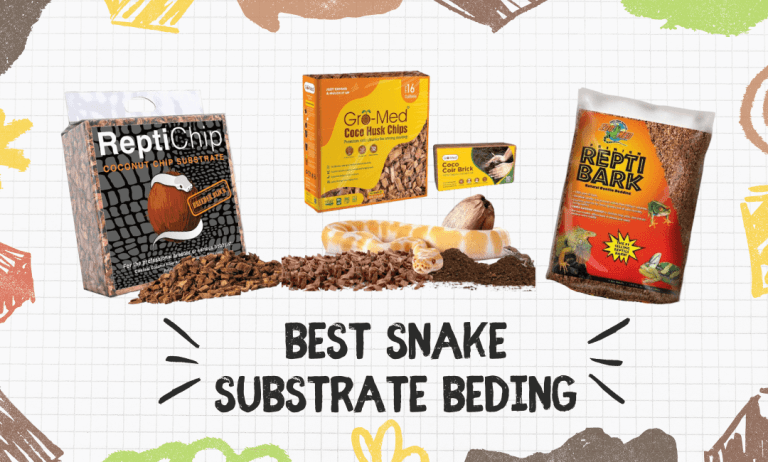
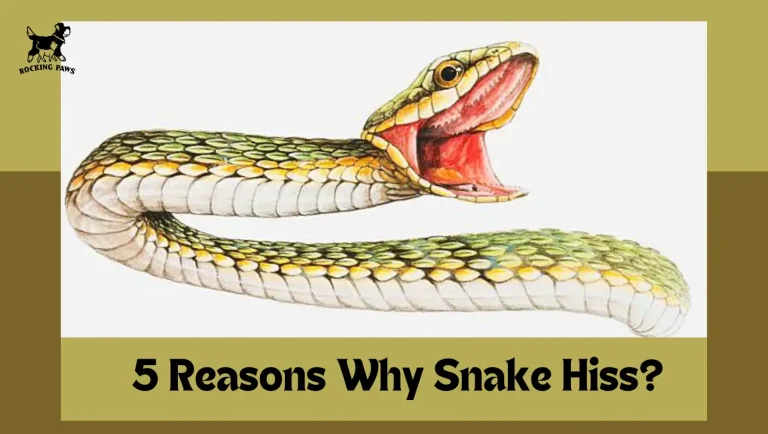
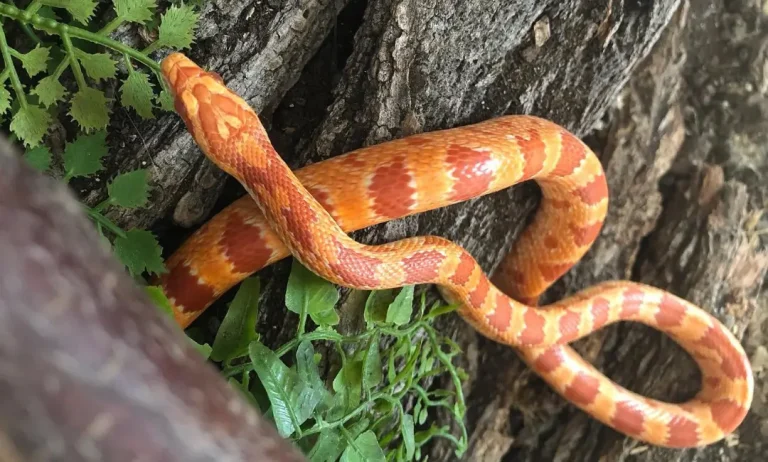
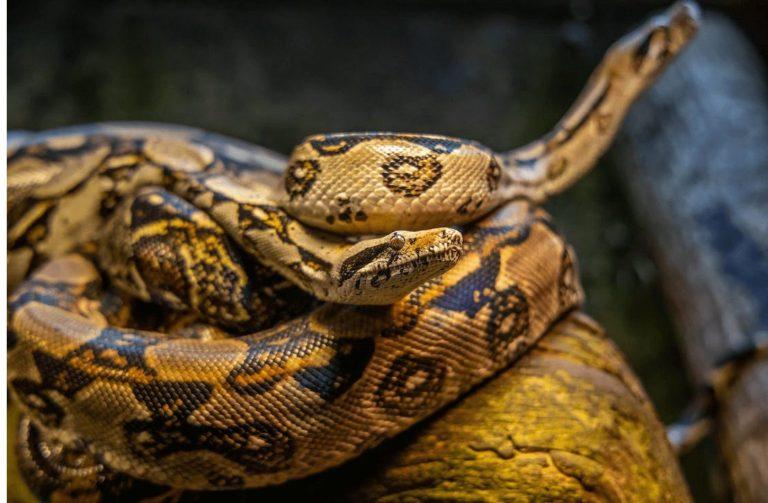
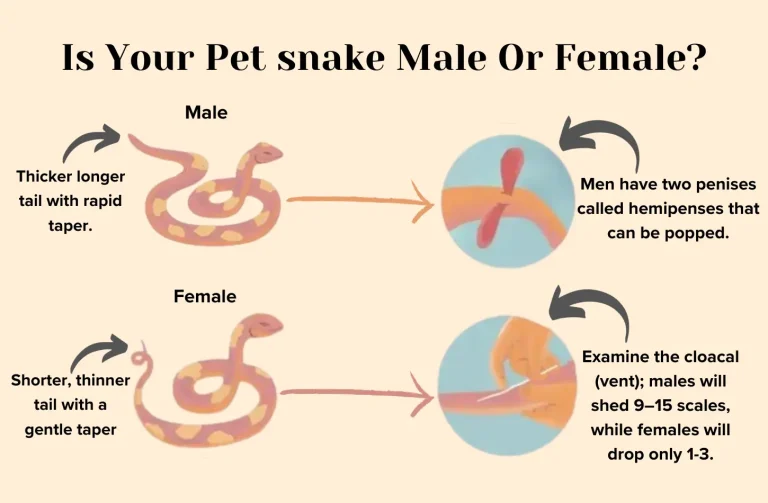
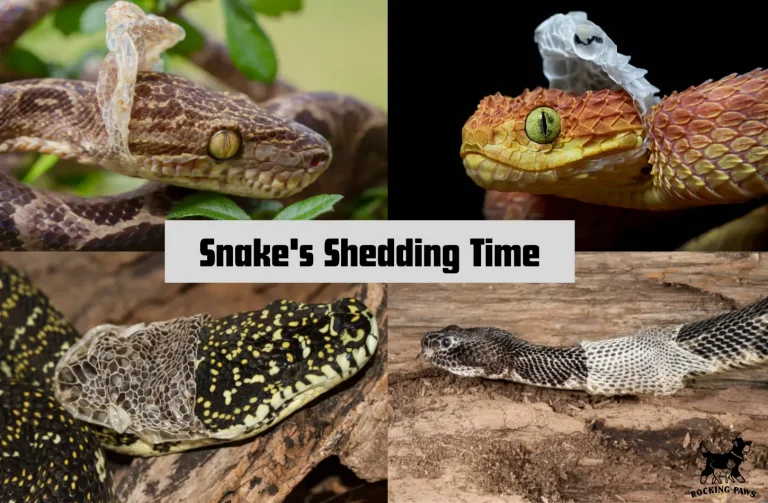
I’ve been surfing online more than three hours today, yet I never found any
interesting article like yours. It’s pretty worth enough
for me. Personally, if all webmasters and bloggers made good content as you did, the web will
be a lot more useful than ever before.